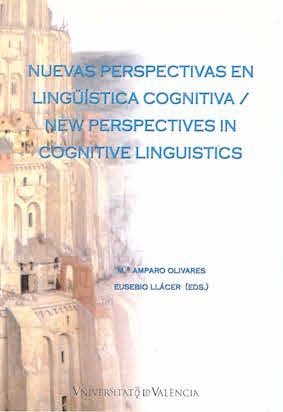Forms of sentence negation in a 14th-century French text: a cognitive/functional analysis
DOI:
https://doi.org/10.7203/qfilologia.14.3995Keywords:
Negation, Old French, Information Structure, Discourse Analysis, Grammar Abstract
Abstract
As is well-known, older stages of French were characterized, among other things, by variability in the expression of sentence negation. Thus, while a plain preverbal ne was the unmarked form of negation, it was frequently reinforced by one of a variety of (originally nominal) elements, most prominently pas, mie, and point, the first of which was eventually grammaticalized as the canonical form of sentence negation in Classical and Modern French. The aim of this paper is to strengthen the synchronic hypothesis, previously formulated in Hansen (fc) and Hansen & Visconti (fc) that the observed variation was structured by discourse-functional constraints relating to the cognitive status of the negated proposition or its underlying positive variant, such that reinforced negators in older stages of French were constrained to appear in “discourse-old” propositions. As additional empirical support for this hypothesis, I present a form/function analysis of all tokens of sentence negation in a single 14th century text, Le Miracle de l’enfant donné au Diable.
 Downloads
Downloads
Downloads
How to Cite
-
Abstract253
-
PDF (Español)248
Issue
Section
License
 Este obra está bajo una licencia de Creative Commons Reconocimiento-NoComercial-SinObraDerivada 4.0 Internacional.
Este obra está bajo una licencia de Creative Commons Reconocimiento-NoComercial-SinObraDerivada 4.0 Internacional.
Authors who publish with this journal agree to the following terms:
- Authors retain copyright and grant the journal right of first publication with the work simultaneously licensed under a Creative Commons Attribution License that allows others to share the work with an acknowledgement of the work's authorship and initial publication in this journal.
- Authors are able to enter into separate, additional contractual arrangements for the non-exclusive distribution of the journal's published version of the work (e.g., post it to an institutional repository or publish it in a book), with an acknowledgement of its initial publication in this journal.
- Authors are permitted and encouraged to post their work online (e.g., in institutional repositories or on their website) prior to and during the submission process, as it can lead to productive exchanges, as well as earlier and greater citation of published work (See The Effect of Open Access).



